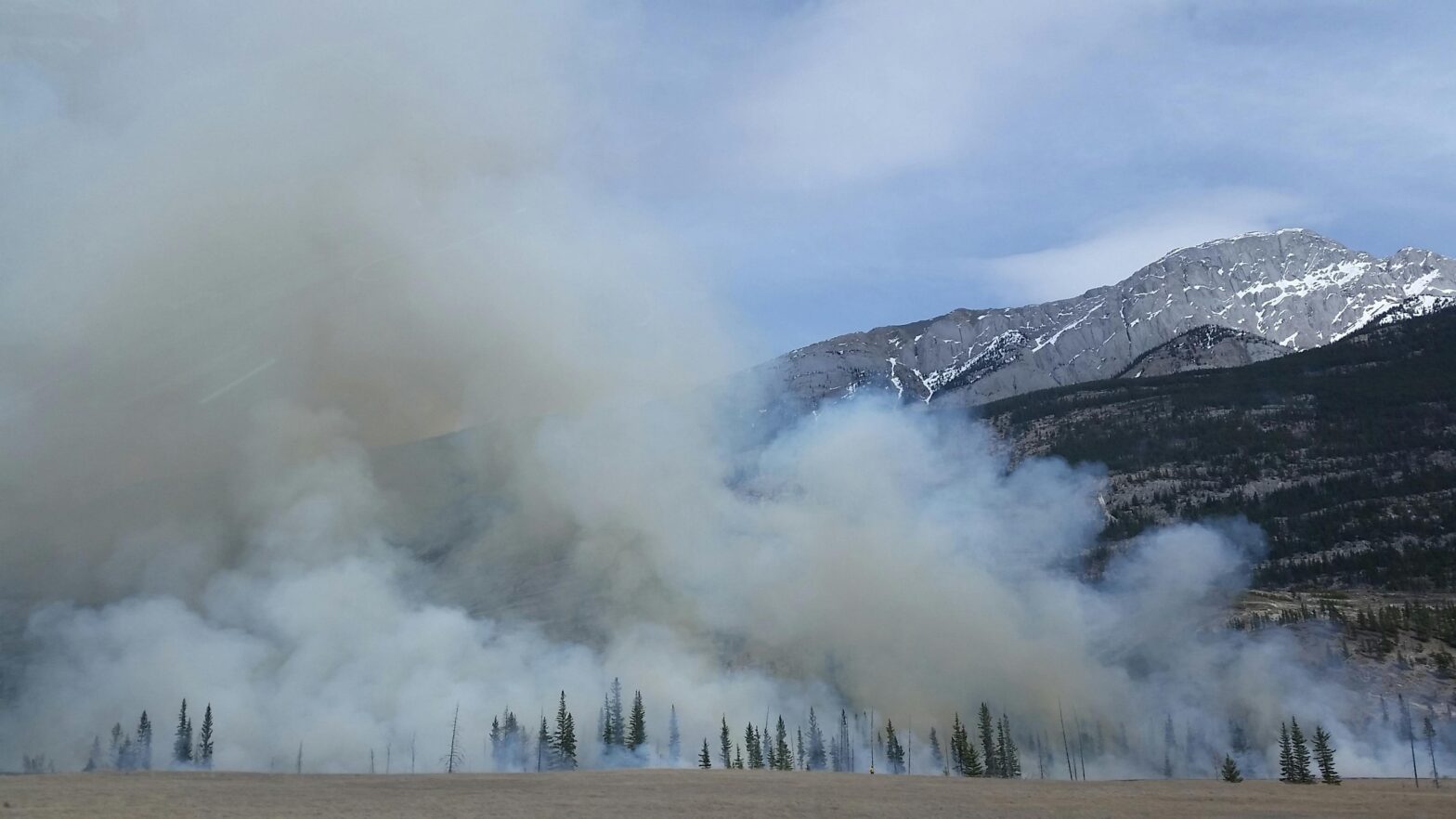The “Elk Fire” has spread over 76,000 acres in Wyoming since September 27. The Sheridan County towns Dayton, Big Horn, and Story have all been impacted.
Travel Wyoming noted that the wildfire has impacted access to certain recreation areas and roads statewide. The source encouraged travelers to research the fire activity and road closures — if any — in local communities. Air quality can be checked through the government’s AirNow website. Sheridan County is providing daily information about evacuation zones.
“Wyoming’s public lands have rated fire danger as moderately high, including Grand Teton and Yellowstone National Park, and have fire restrictions put in place to ensure public safety and protect natural resources,” said Travel Wyoming. “Be sure to research any fire restrictions in your area and follow any requirements put into place.”
What Else Is There To Know About The Elk Fire?
The fire was ignited by lightning at Bighorn National Forest. The latter park’s October 6 update detailed that the Elk Fire has prompted several road closures.
Over 800 firefighters have been working to quell the scorching disaster. Local news outlet KOTATV reported on October 8 that firefighters had contained 16% of the blaze’s perimeter.
According to the Gillette New Record, Bighorn National Forest Supervisor Andrew Johnson said unusual weather has played an immense part in the fire’s sustainment. Winds and high temperatures on several days since the Elk Fire’s start have fueled its intense burning.
“We are seeing unprecedented weather conditions for this time of year and unprecedented fire behavior,” the official reportedly stated at a community meeting. “In the last 100 years, the largest wildfire we’d had on the forest was roughly 18,000 acres. That fire took about a month to grow to 18,000 acres. But on Friday night (October 4), this fire grew 25,000 acres in a matter of hours.”





